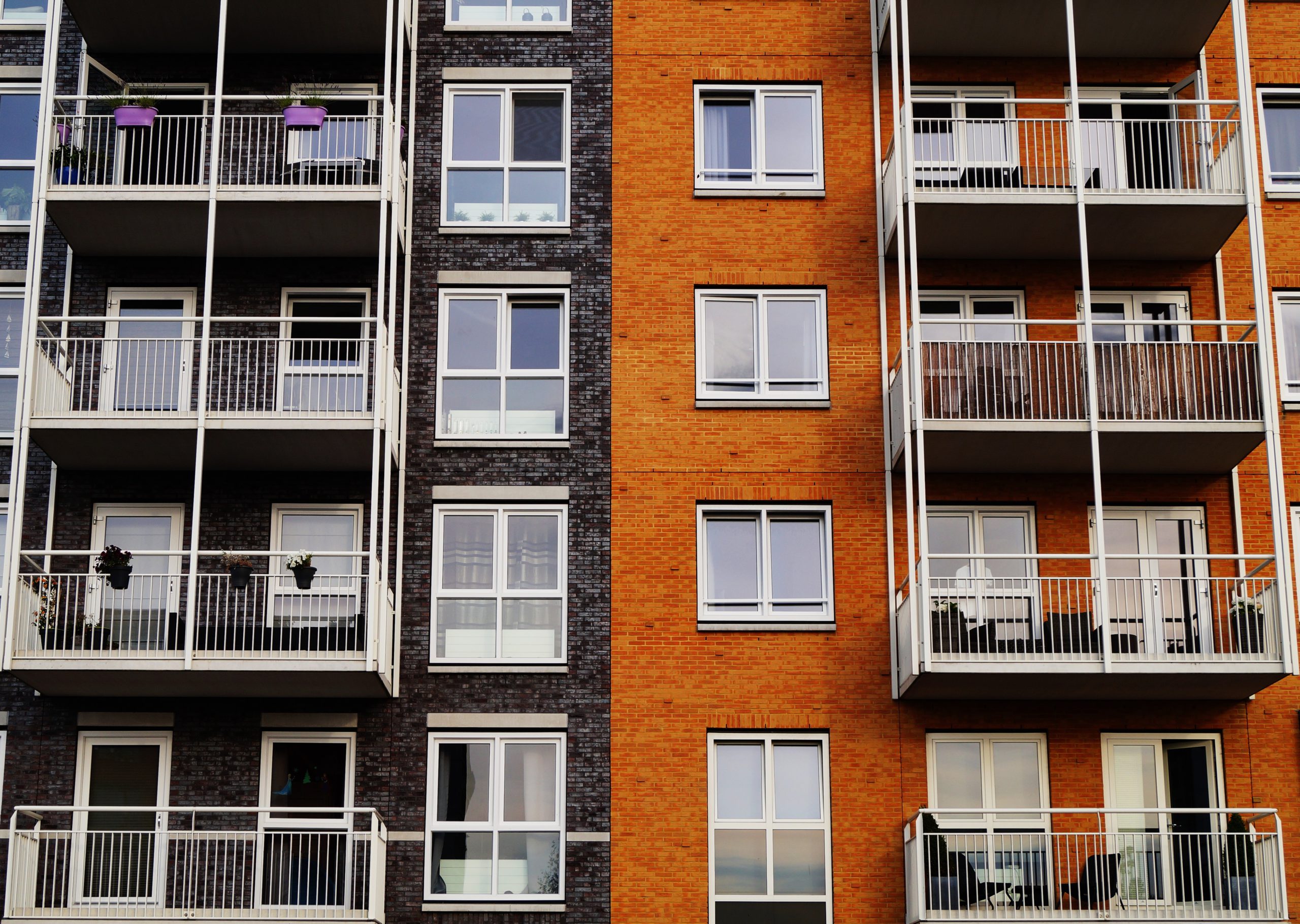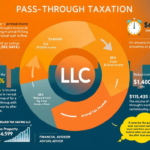What is Section 8 Housing?
In 1974, Congress established Section 8 of the Housing and Community Development Act. The main goal of this legislation was to ensure that very low-income families and the elderly could find decent, safe, sanitary housing and a suitable living environment outside of subsidized public housing projects. Section 8 housing is a federal housing assistance program that provides vouchers that cover all or a portion of the rent for very low-income families, the elderly and the disabled. The Section 8 voucher program is available to U.S. citizens and those with eligible immigration status, and is run by the Department of Housing and Urban Development more commonly known as HUD. Around five million people in the United States benefitted from the use of Section 8 vouchers in 2018.
How Do Section 8 Vouchers Work?
Very-low income, elderly or disabled residents who meet or fall below the income threshold set by the program can apply for a Section 8 housing voucher. The threshold to qualify for vouchers is most commonly defined as having an income below 50% of the median income for the county or metropolitan area in which you’re looking to rent.
If an individual or family is approved for Section 8 housing assistance, they are free to choose any rental that has been approved by the program, as opposed to being limited to rental units in public housing projects. If they find an approved rental property that is currently vacant, the participant can notify the local public housing agency (PHA) of their intent to rent the property. The PHA will start the rental process with the landlord and schedule an inspection to make sure that the rental unit meets the PHA’s standards and suits the tenant’s needs. Once the tenant occupies the rental, the housing agency will start payments directly to the landlord or property manager for a portion of the monthly rent.
Each participating household in the program will usually pay somewhere between 30% and 40% of its income on the portion of the rent not covered by the Section 8 voucher. There are some cases where the voucher covers the entire rent. Important to note is that Section 8 housing vouchers can’t be used to cover the cost of security or rental deposits, the funds only go towards monthly rent payments.
How to Apply for Section 8 Vouchers
Start by checking the PHA’s specific income requirements for the area in which you’re looking to rent. This information is published by HUD, and each local housing agency should have the information readily available. You can also apply with housing agencies outside of the town or city where you currently reside. If you can’t find the PHA for the town you wish to live in, look online for a regional or state housing authority.
The process of qualifying for a voucher involves the PHA collecting information on family income, family composition and any relative assets the family owns. This information will be verified with the bank and any employers. If the PHA determines that you qualify for assistance, the next step is the waiting list, and long waiting periods are common. The number of families needing housing assistance is generally larger than the number of vouchers available in most areas.
The Section 8 housing application process is free, so be wary of anyone who offers you paid assistance with the process or promises to help you move up in the line for a fee. In some areas, it’s possible to move up in the line if you or a family member have a disability or a diagnosed health issue which can be verified with a note from your doctor. Additionally, some PHA’s give preference to participants who are currently homeless or were displaced involuntarily.
It’s perfectly legal to be on multiple waitlists in different cities or counties at the same time, just make sure that the city or town where you are waitlisted is an area that you would feel comfortable living in for at least a 12-month period. When your name finally moves to the top of the list you will be issued a voucher.
How to Become a Section 8 Landlord
If you have a rental property that meets Section 8 guidelines, you may be wondering how to rent to Section 8 approved tenants. The process starts by contacting your local PHA office and completing an application. The office will provide you with a list of requirements to have your rental property approved for Section 8 housing. Rental units must meet minimum standards of health and safety as determined by the PHA so before you apply, make sure that your property meets these standards.
Once you feel that your rental property is ready, make an appointment with the PHA for an inspection. During the inspection your property and rental rates will be evaluated to ensure that the housing you are offering is a good fit for Section 8. A typical property inspection includes checking locks on doors and windows, ensuring that wiring is up to code and that the plumbing is in good working order. If you receive approval by the inspector then the next step is filling out a W-9, as well as some additional financial paperwork that allows you to be able to receive vouchers from the government as payment for rent.
After completing all of these steps your rental will be listed with the PHA as Section 8 qualified. The Section 8 program pre-screens housing assistance applicants for income and they run a criminal background check, but as a landlord, it’s important that you do your own screening. You need to be comfortable with any tenant that you approve, and it helps to make sure that the participating family is a good fit for your rental. As an example, if your rental is a two-bedroom duplex, you probably wouldn’t want a family with eight members as tenants. Remember to use the same criteria to evaluate a section 8 tenant family that you would for anyone else looking to rent your property. If a section 8 tenant makes it through your screening process and you want to rent to them, they can notify the PHA that they would like to occupy your rental.
Next, a PHA inspector will come to approve your rental property and you will be sent a Housing Assistance Payments (HAP) contract, which is an agreement between the housing agency and the property owner. The contract term for the HAP runs concurrent to the term of the tenant’s lease and ensures that the landlord or property owner agrees to maintain the rental unit and premises in accordance with the agency’s housing quality standards. The owner must also indicate which utilities will be provided under the terms of the lease, and which will need to be paid for by the tenant. Lastly, the tenant will sign a lease agreement with the property owner prior to moving in.
During the lease term with a Section 8 housing participant the government will send you monthly checks according to the resident’s income and voucher value. Every year the property will need to be re-inspected to ensure it still meets the PHA’s requirements for Section 8 housing and the amount of the rent will be re-evaluated.
Pros and Cons of Renting for Section 8
One of the biggest benefits of having a rental in the Section 8 program is that you won’t have to look for tenants, which eliminates the time and money you may have spent on advertising. Every time your rental is vacant and has passed the PHA’s annual inspection, it will be on a list with the local public housing agency which is constantly being checked by eligible participants who are in need of housing. There are a limited number of rental options for Section 8 housing in most towns and metropolitan areas so your vacancy rate will remain low. Another benefit of having a Section 8 housing rental unit is the reliability of rent payments that come directly from the government and are always on time.
Recipients of Section 8 housing vouchers have already been cleared through a government pre-screening process which benefits the landlord. Most families who receive vouchers wish to maintain good standing with the program and would prefer not to cause problems with landlords or property managers that could result in the loss of their voucher status, however other program participants who are really struggling to make ends meet may not be as diligent about property upkeep and cleanliness.
Becoming a section 8 landlord may not be for everyone. For instance, the local PHA sets a price cap for the amount of rent that you can charge, so as the property owner you don’t get to choose the amount of rent you collect. Every time that your rental is vacant, the PHA can adjust the rent cap up or down based on their evaluation of current market prices. Additionally, not all property owners want to deal with the hassle of annual inspections by a government agency.
Section 8 Landlord Resources
If you’re looking for more information regarding the specifics of setting up your rental and getting it approved for section 8 housing, you can reach out to your local public housing agency or check the HUD website.










